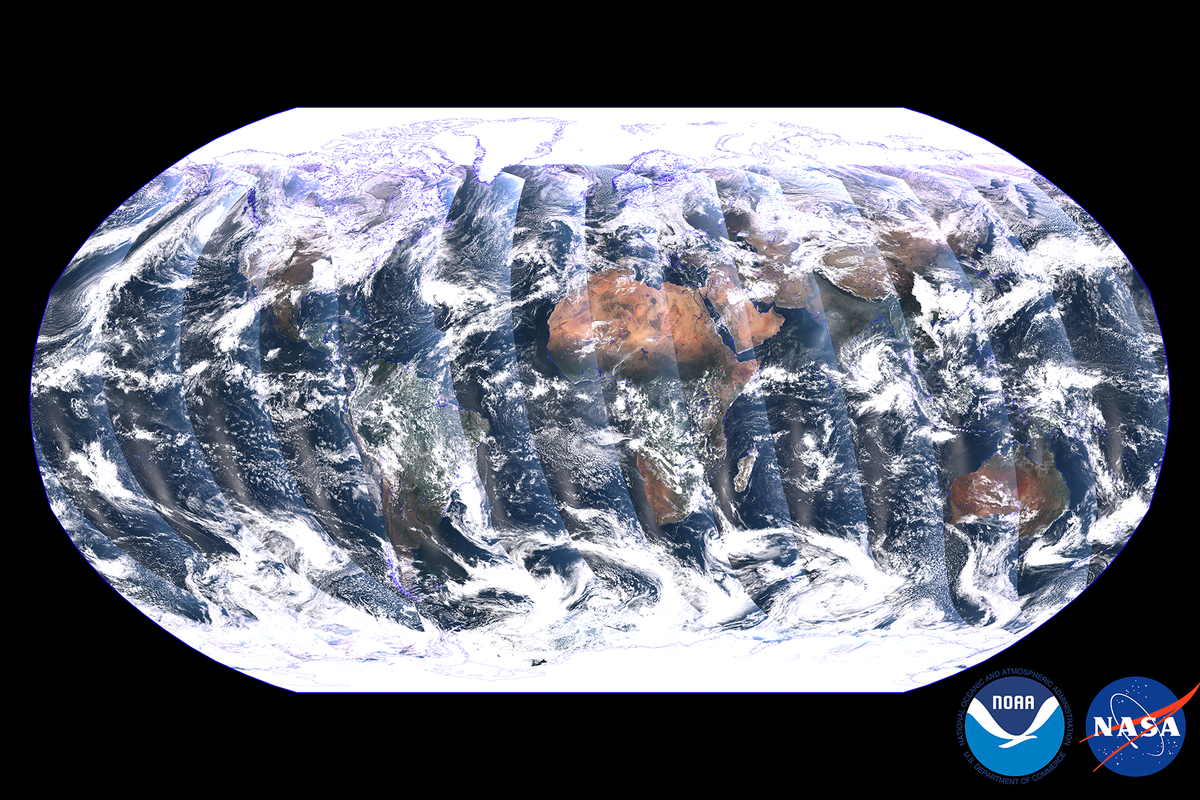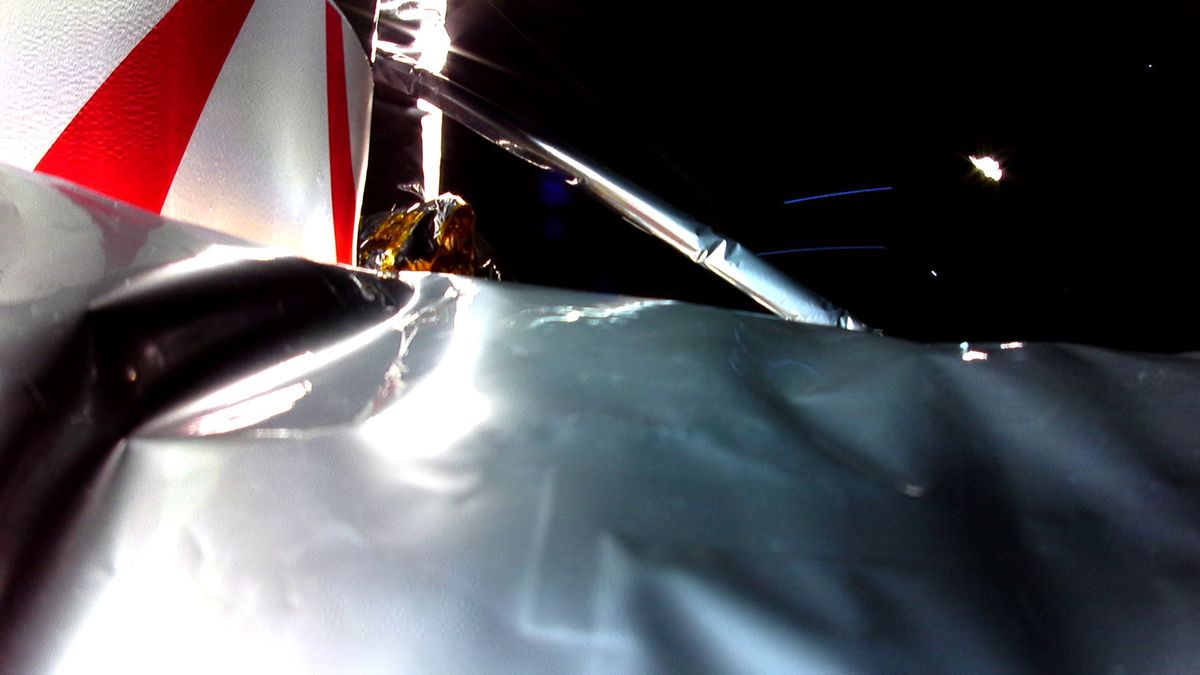What can you spot in this latest global picture of Earth? There are crisp turquoise seas around Cuba, an agricultural fire in Northern India and, of course, the rest of our planet as seen in the first full view from NOAA’s latest Earth-observing satellite NOAA-21.
The Earth images that make up this mosaic, and a few closeups, were taken on Dec. 5 and Dec. 6 by an instrument called the Visible Infrared Imaging Radiometer Suite (VIIRS) aboard the satellite, which launched on Nov. 10 from the Vandenberg Space Force Base on Nov. 10. (The spacecraft was previously known as JPSS-2.) VIIRS collects images in both the visible and infrared light spectra, allowing scientists to see details of Earth’s surface.
Related: Powerful new Earth-satellite to study weather’s ‘butterfly effect’
VIIRS provides vital information to scientists about Earth’s oceans, atmosphere and land. It can detect differences in the ocean’s color, telling scientists where phytoplankton are, or whether dangerous algal blooms have formed along human-settled coasts. The instrument’s atmospheric data can help scientists forecast and monitor storm movement.
NOAA-21 is the second operational satellite in a series called the Joint Polar Satellite System, which provides global, pole-to-pole images. The last JPSS satellite, now known as NOAA-20, launched in November 2017. Before that, the NOAA-NASA Suomi National Polar-Orbiting Partnership (Suomi-NPP), which provided a blueprint for the JPSS, launched in 2011.
The satellites orbit pole-to-pole, observing the entirety of Earth’s surface twice per day. It cruises 512 miles (824 kilometers) above Earth at 17,000 mph (27,360 kph) and crosses the equator 14 times per day. And they all carry a VIIRS instrument.
The third JPSS satellite is slated to launch (opens in new tab) in 2027, and the fourth doesn’t yet (opens in new tab) have a launch date.
Follow us on Twitter @Spacedotcom (opens in new tab) and on Facebook (opens in new tab).















